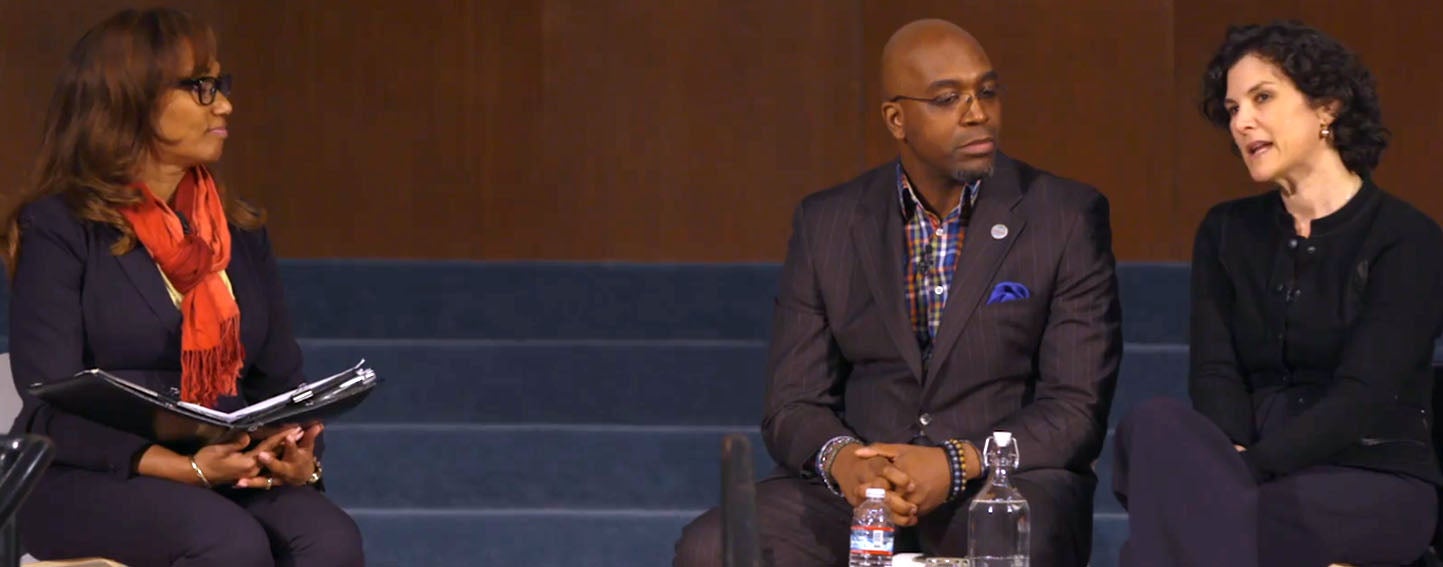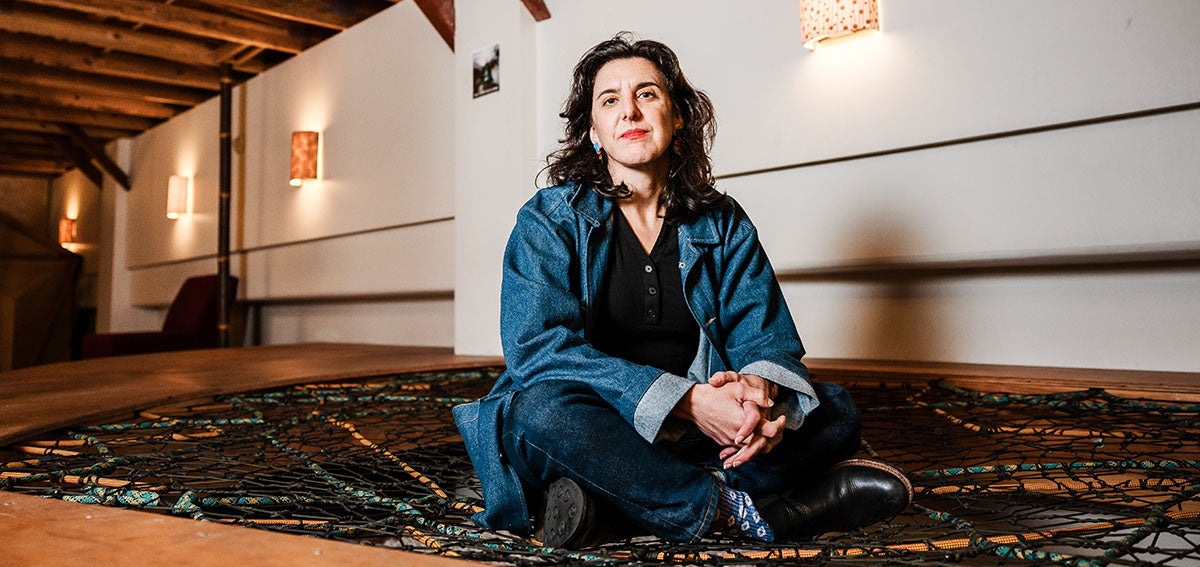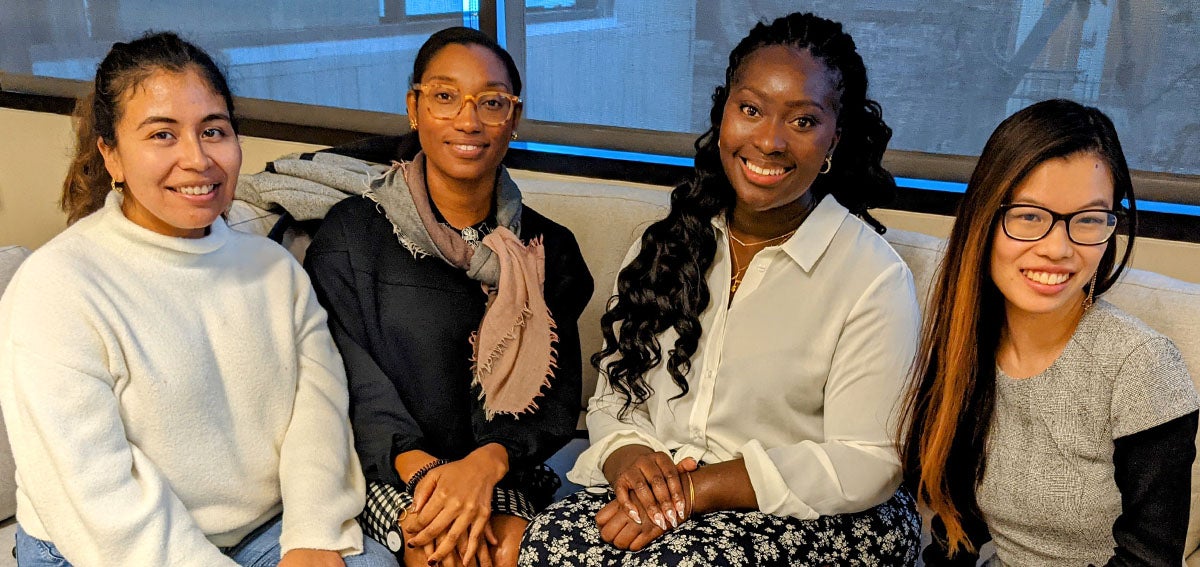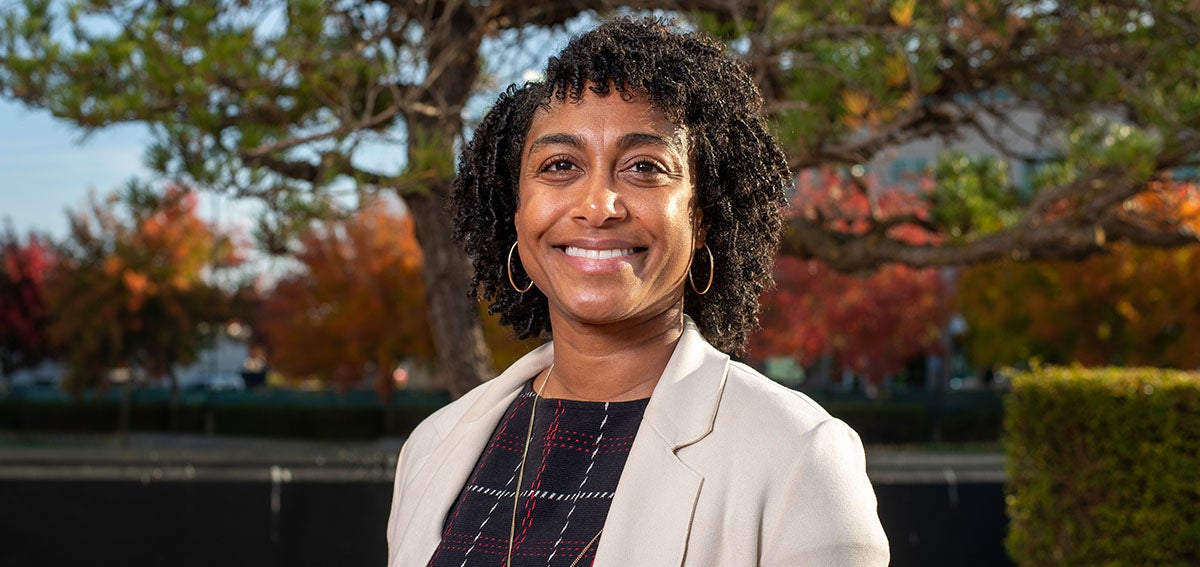|
Getting your Trinity Audio player ready…
|

More than 150 years have passed since the end of slavery, yet its legacy is profound. Racial tension and mistrust of institutions surface in nearly every facet of American life. And our health care system is no exception.
African Americans’ mistrust of health care providers is the result of a long history of unequal access to care, along with historic wrongs like the Tuskegee syphilis experiments in the 1930s and the mistreatment of patients like Henrietta Lacks, whose cell line was harvested and used without permission by Johns Hopkins researchers in the 1950s as she was dying of ovarian cancer.
Racial disparities are also common in end-of-life treatment situations, according to Corey Kennard, a Detroit pastor who works with seriously ill patients, and Jessica Zitter, MD, an Oakland-based intensive care and palliative care physician. I recently spoke with Kennard and Zitter about racial disparities at the end of life — and what might be done to address them — before they appeared in San Francisco at Reimagine SF, an event that explored “big questions about life and death.” CHCF provided funding to film the event.
“Today, we’re seeing more of a modern-day Tuskegee, which boils down to a disrespect and disregard for African American life,” said Kennard. “That’s why you have a movement like Black Lives Matter. You see people being gunned down in the street, killed right before everyone’s eyes, and the person that inflicted that harm can walk away and nothing happens to him. So if I see a person [in authority] in the hospital saying that they’re ‘going to take care of me,’ I’m going to question that. This dynamic has created many unwanted consequences for patients and for the doctors who treat them.”
“You have a whole history of neglect. How do you get past that?” Zitter asked.
Undeniable Racial Disparities
Evidence exists that people are treated differently by the health care system based on their race and ethnicity. A recent New Yorker article on the neuroscience of pain mentions a 2016 study that found African American patients to be “significantly less likely than white patients to be prescribed medication for the same level of reported pain, and they receive smaller doses.”
Historical inequities have created a reservoir of mistrust that’s hard to erase, and wariness of the health care system may be at the root of one of the biggest disparities in end-of-life care: deciding whether to receive hospice care. According to a New York Times article by Kaiser Health News reporter Sarah Varney, only one in three African American Medicare beneficiaries enrolls in hospice, compared to nearly half of white beneficiaries.
Furthermore, a 2017 study published in the Journal of the American Geriatric Society found that African Americans at the end of life have significantly higher rates of hospital admission, emergency department visits, and discontinuation of hospice care than whites when receiving care from the same hospice. What accounts for these differences in receiving hospice care?
Are They Trying to Throw Me Away?
Some African Americans may suspect that hospitals and health insurers are promoting hospice, which provides pain and symptom relief as well as emotional and spiritual support, for financial gain. Some may have religious beliefs that favor a commitment to high-intensity care. Still others may eschew the less intensive approach that is seen in hospice due to the aforementioned belief that it is an attempt to deprive them of the care they deserve. (An upcoming survey project from CHCF will update existing survey data from the influential 2012 Final Chapter study, which identified the unique attitudes, experiences, and needs of different racial and ethnic groups in California and how they compare to the general population.)
Equally disheartening are recent reports chronicling egregious morbidity and mortality rates for African American women in childbirth — a rate five times that of white women, regardless of age, education, or income comparisons. There is a similar crisis with infant mortality. African American babies are twice as likely to die as white babies. Due to these inequities, many African Americans are left questioning the motives of health care providers. “Are they trying to make money off me? Are they trying to neglect me?” said Zitter. Or, as Kennard said, “Are they trying to throw me away?”
Finding Common Ground
Kennard and Zitter work in different arenas but share a desire to reduce suffering and humanize the care that patients receive at the end of life. They met after Kennard saw Extremis, an Oscar-nominated short documentary that follows Zitter as she works to help three critically ill patients face difficult decisions at Highland Hospital in Oakland. (Read an earlier interview with her.)
Kennard advises his pastor friends to try to “understand what the doctor is saying, and then help that person who is a part of your congregation understand not only what the doctors say, but what God is saying to the patient.”
For her part, Zitter has learned “to let faith in the door,” to not be afraid to talk about religion with patients, and to really, truly listen to them.
Seeing People Like Themselves
During the Reimagine SF presentation, Kennard and Zitter talked about the need to boost the number of minority physicians. Minority patients have consistently expressed a desire to see health care professionals who look like them, says Kennard, yet the number of African Americans in the physician pipeline hasn’t changed much in decades even as the population has continued to rise.
During the Jim Crow era, when health care facilities were racially segregated, thousands of African American midwives were in practice. After Medicare and Medicaid were established in 1965 and health care segregation was outlawed, African American-only hospitals were closed and thousands of lay African American midwives, mostly in the South, were forced out of reproductive health care. This was a loss to society on many levels, as these midwives were integrated into their rural communities and offered a role model to others like themselves. Today, 90% of certified nurse-midwives are white.
Battling Bias
Are there solutions to address racial bias in care? One approach — like the one taken by Starbucks after the widely reported, racially motivated incident at a franchise in Philadelphia earlier this year — is to train health care providers to recognize their own implicit biases. Others believe it’s impossible to fully wring out implicit bias due to ingrained stereotypes, and suggest checklist protocols be used to ensure all patients get the right care every time so that bias issues aren’t overlooked, an approach outlined in this op-ed about gender bias in health care. While it’s not clear what the right approach is, neither seems adequate to eliminate the problem.
Despite the sobering statistics and patient stories, my conversation with Kennard and Zitter left me optimistic that we can do better. These empathetic, driven individuals are determined to make the health care system improve its treatment of all patients, particularly the most vulnerable people with the fewest resources and the most serious health problems.
That’s an elusive goal, and Zitter and Kennard are pursuing it in institutions and systems that are difficult to change. But, like Zitter, most providers went into health care because they are caring people who want to be healers.
“There is certainly racism and all the other barriers,” Zitter said. “But there’s a lot of misunderstanding and hurt just based on ignorance and a lack of knowledge. Most doctors are imperfect people trying to do the best they can.”
Authors & Contributors

Steven Birenbaum
Steven Birenbaum is a former senior communications officer who supported CHCF’s work to improve care for patients with complex chronic conditions, including older adults and people experiencing homelessness. As a grantmaker, he set strategy to strengthen and support nonprofit journalism in California, overseeing grants to public media outlets, a data fellowship program, and the daily news digest California Heathline.
Prior to joining the foundation, Steven was executive writer at Blue Shield of California. As a writer, his work has been published in The New York Times, Newsday, the Stanford Social Innovation Review and KQED Radio, among other outlets. Steven received a bachelor’s degree in political science and history from the University of Wisconsin-Madison and a master’s of public affairs from the LBJ School of Public Affairs at the University of Texas, Austin.





